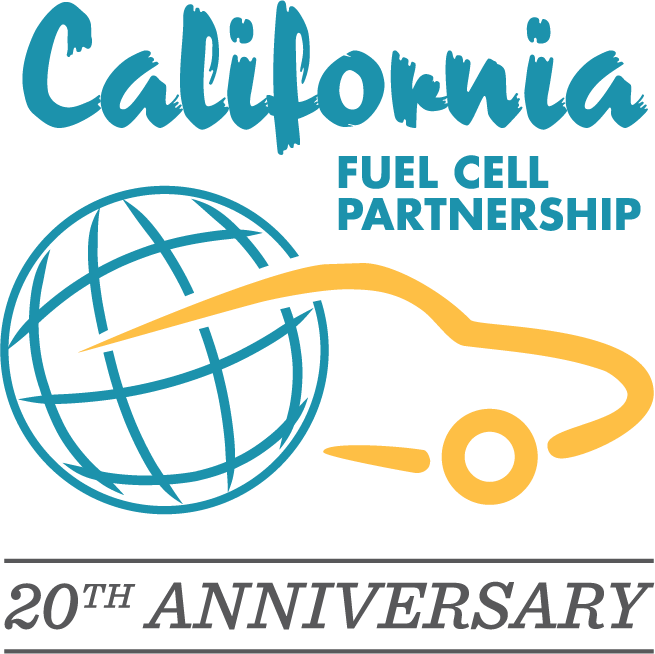2019 H2FCP FCEB Road Map
2019 H2FCP FCEB Road Map

Earlier this year, we quietly celebrated our 20th anniversary as the California Fuel Cell Partnership in a blog post. We were launched on Earth Day 1999 with a goal to bring together automakers, government, private industry and others to further fuel cell technology for transportation.
Last week, we culminated our 20th anniversary with a celebration in Sacramento.
The California Fuel Cell Partnership released its second bus road map, Fuel Cell Electric Buses Enable 100% Zero Emission Bus Procurement by 2029, calling for 11 essential actions and setting new industry targets needed to widely adopt fuel cell electric buses (FCEBs) in the Golden State.
The road map’s release comes on the heels of two different, but inter-related dynamics: the continuing maturity of FCEB technology and fleets across the globe, and the increasing demand for zero-emission transit in California and across the U.S.
Last August, the California Fuel Cell Partnership released its 2030 vision for California, The California Fuel Cell Revolution. The vision document described a shared vision of our members.
On April 22, 1999, stakeholders representing automakers, government and private industry launched the California Fuel Cell Partnership, with the goal of furthering development of fuel cell electric vehicle technology and hydrogen fueling infrastructure.
Twenty years later, our collaboration has grown to include local, state and federal government agencies, automakers, fuel cell manufacturers, hydrogen station developers and operators, hydrogen producers, transit agencies, universities and others. We work together to further the commercialization of fuel cell cars, buses and trucks, expand the hydrogen fueling network and increase the production of zero-carbon hydrogen.
2018 was a year of change and growth in the hydrogen and fuel cell world. We saw a significant increase in activity across the globe last year and we wanted to share the top stories with you.
AC Transit has invested the past two decades in building the most comprehensive fuel cell electric bus demonstration program in the United States, featuring a growing fleet of zero-emission buses, on-site hydrogen production and fueling, on-site fleet maintenance and ongoing independent performance evaluation of the fuel cell bus fleet.
On this National Hydrogen Day, we’re introducing you to a few of the people who work behind the scenes, day in and day out. They, and thousands of people like them around the world, help make fuel cell electric vehicles and hydrogen stations a reality.
The California Air Resources Board released its 2018 Annual Evaluation of Fuel Cell Electric Vehicle Deployment and Hydrogen Fuel Station Network Development that documents the growth in hydrogen stations and FCEVs over the past year. On August 30 CaFCP hosted a webinar about the report.
You can find the video recording from the webinar here and presentation PDF here.
Please note that similar questions have been combined and summarized.
If the 2030 goal is 1,000,000 FCEVs and 1,000 stations, how many vehicles to you expect each station to handle?